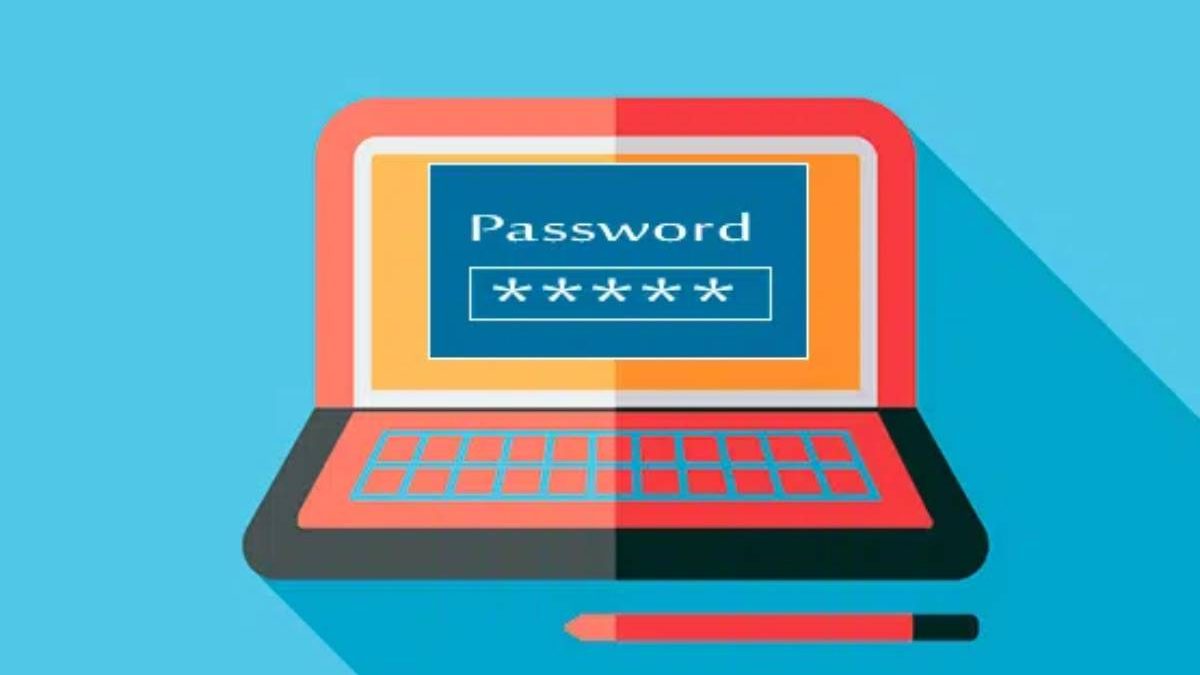Table of Contents
How To Use Secure Passwords And Not Die In The Try
Lately, the use of secure passwords on the Internet has once again gained prominence, in part due to the numerous leaks that have come to light in recent months. Surely on many occasions, you have been told about the importance of having a secure and different password for each of the web services in which you have an account, so we will give you some tips so that it is not a real puzzle.
What is a strong password?
Before we start talking about how to remember or store our passwords, it is important to remember how to create our password in the most secure way possible. The basic advice that they always remind us of is that we use long passwords, combining numbers, symbols and letters, preferably upper and lower case. It is also important that you do not use personal data, a password with your name and date of birth can be long and contain letters, numbers and symbols, but this only complicates the cracking of a computer by trial and error, a person who knows could guess.
How do I create my secure password?
Following the advice from before, it seems that to create a strong password, we just have to type nonsense on the keyboard up to something like this 00%&”·&SDFAcachk-r.
The most important thing about passwords, however, is that we are able to remember them, it is useless to have an indecipherable password if we cannot use it when we need it later. . So that this does not happen to us, we have two options, the first would be to use a password manager like the ones we are going to see later. The second option, which is the one I use, is to create the passwords according to a pattern. For example, following these steps:
We think of an easy phrase to remember, the chorus of a song, a quote from a book, etc… for example: It is important that we always use secure passwords
Left with the initials of each word: Eiqsucs
We add a number to give it complexity: Eiqsucs25 This is a good starting point.
So that the passwords of each service are always different, we can put the name of the service or a distinctive element. We will add a symbol between the base we have and this one. For example, we would use
Eiqsucs25_Apple or Eiqsucs25@BittenApple for the Apple account
Eiqsucs25&Twitter or Eiqsucs25$PajaroAzul for twitter
If we want our password to be even more complex, we can, for example, count the number of characters up to this point and add it to the end.
- Eiqsucs25_Apple15
- Eiqsucs25@BiteApple24
- Eiqsucs25&Twitter17
- Eiqsucs25$Bluebird20
By following these steps, we ended up with passwords that were long and complex enough that neither people nor computers could crack them. The only problem is that we run the risk that someone discovers our model and is able to decipher it, in these cases it is better to complicate the model as much as possible to make it difficult for anyone who wants to try it. For example, we could write the service name backwards or use the letter next to it on the keyboard so that TWITTER to RETTIWT to TRYYOET
Password Managers
As we mentioned before, there is another possibility, which is to use programs called password managers, which are basically lists where passwords are stored. LastPass Password Generator Example The accounts and passwords we have for the various services. Most of them also allow you to generate random passwords without us having to worry about anything. The only thing we will have to do is remember the master password that gives us access to the program.
Currently there is a wide variety of password managers depending on our needs, there are those that store passwords in the cloud, others are applications for mobile devices or computers. Some even integrate with apps and can autofill login forms. Of all the alternatives
, the most common are: LastPass, KeePassfree and with an application for Windows devices (although there are third-party multiplatform developments) and 1Password, paid, initially designed for Apple devices but currently has an application for Android and a beta version for Windows.

